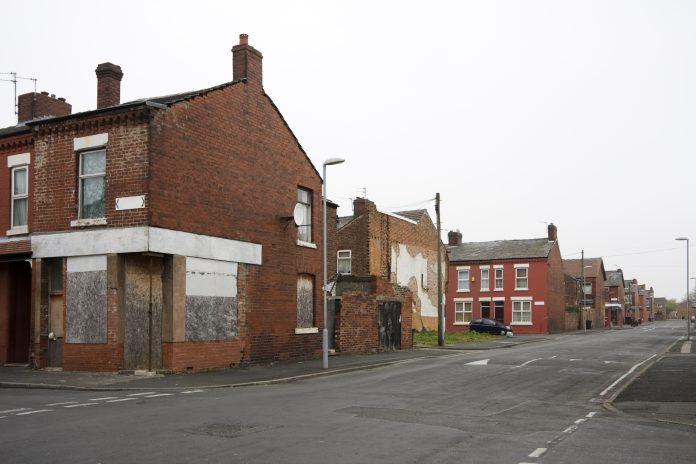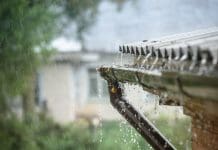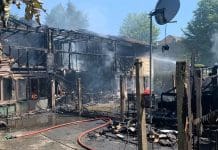A survey from the Building Research Establishment (BRE) found that fixing poor quality housing in England could bring in £135.5bn of benefit to the country over the next 30 years
The benefits of improving poor-quality housing include saving money for the health system, lowering energy bills and pollution, increasing property valuable, and creating better job opportunities.
The BRE report, titled “The Cost of Ignoring Poor Housing,” examines the extent to which poor-quality housing has affected society in England. The BRE is a multi-disciplinary building science centre that aims to improve buildings and infrastructure through research.
Unsafe housing in England is rife
In England, around 2.4m homes are deemed to be unsafe and unhealthy to live in, and it would cost £9bn to repair these buildings. If they were repaired, the BRE estimated that £13bn could be saved for the health system.
The health system spends over £1bn every treating people who have become sick due to poor-quality housing.
The BRE has created a model to show how money saved by improving England’s poor-quality housing could be spent. According to the BRE’s research, improving 65,000 homes with serious damp and mould issues would cost around £250m. If repaired, £4.8bn could be saved over 30 years.
“Our analysis is a clear signal to policymakers that investing in the health and safety of England’s poor housing will deliver significant, long-term economic and societal benefits,” said Gillian Charlesworth, CEO of the BRE.
“Improving poor housing has huge implications for the life chances of the families who live in those homes and benefits society as a whole. Whether it’s a young family living with cold, dampness and mould, or an older person at risk from falls, nobody should live in a home that’s unsafe,” she continued.
How did the BRE conduct their research?
The research builds on the ‘Full cost of poor housing’ report published by the BRE in 2021. The researchers used data from the 2019 English Housing Survey and NHS treatment costs to make future projections.
The BRE defines a poor-quality home as a ‘dwelling that fails to meet the statutory minimum standard of housing in England’. This includes homes that have one or more Category 1 HHSRS hazards. There are 29 recognised HHSRS hazards, 26 of which are evaluated in the English Housing Survey.
“Our research shows there is much more than a moral case for tackling unsafe homes. There is also a powerful economic argument for England and the UK to deliver the improvements needed through targeted and timely programmes of work to reap the financial payback,” concluded Charlesworth.

















